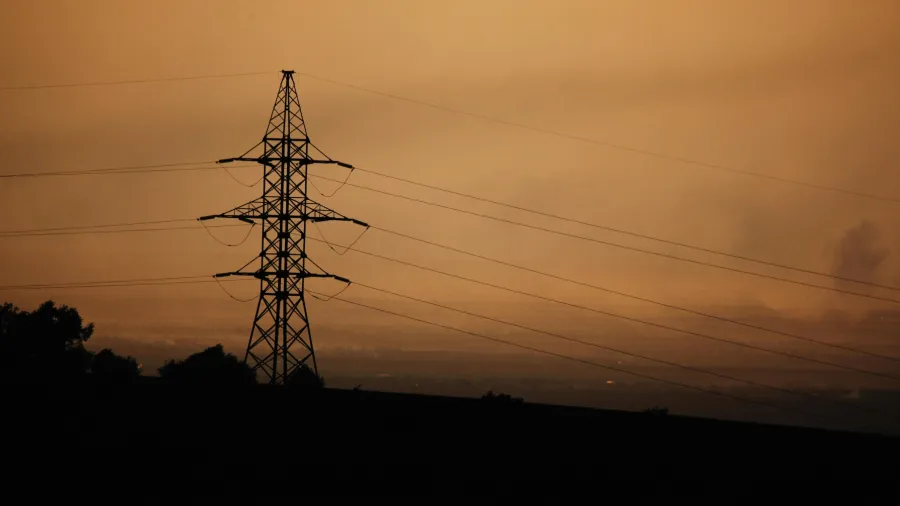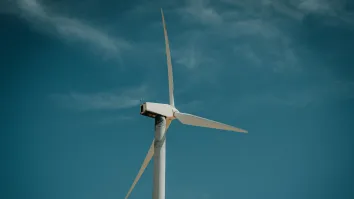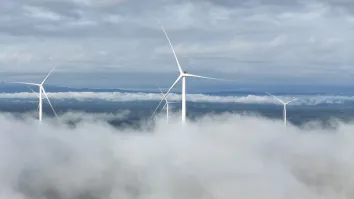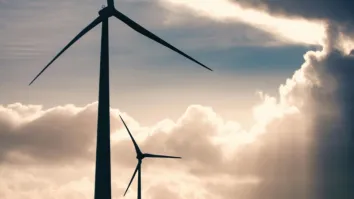
India removes licence requirement to build transmission lines for bulk consumers
The rule applies to those with at least 25 MW of load for inter-state connection and at least 10 MW for intra-state.
AS INDIA boosts its adoption of renewables, the government has removed a bottleneck for consumers operating their own power plants or energy storage systems. New policies state that such consumers no longer have to secure a licence to establish, operate and maintain transmission lines to connect to the grid, a move that also supports the country’s energy security.
The Ministry of Power said this rule would apply only to “bulk consumers” or those with a load of not less than 25 megawatts (MW) if they plan to connect to the Inter-State Transmission System and at least 10 MW if they want to connect to the Intra-State Transmission System.
“By allowing such a facility, a new category of Bulk Consumers would emerge in the country, benefitting from more affordable electricity and enhanced grid reliability,” the ministry said.
Charith Konda, energy specialist for India Mobility and New Energy at the Institute for Energy Economics and Financial Analysis (IEEFA), said this new policy enhances the ease of doing business.
Konda cited how a green hydrogen producer would no longer have to wait for the government to establish the transmission lines to connect to the grid.
“[A consumer can now just] get approval from the State Government to go ahead and acquire the land or the right of way, design a compensation pay for it, and get my power delivered rather than facing all the delays that could happen if [the] State has to build the grid,” he told Asian Power.
“Earlier, state utilities had a monopoly in a particular region for establishing transmission lines. But now even private players can establish their lines. So, probably it improves the overall industry, competitiveness and efficiency,” he said.
Removing bottlenecks
Konda said that prior to this policy, a project operator would have to negotiate with the state to connect their power project to the nearest state-owned substation to build the transmission line.
If the government is taking too long to complete the task, they build the project themselves but would need to secure a licence first. On top of that, they would have to pay additional wheeling charges, transmission charges, and open-access charges to the state to get their power delivered.
Konda said that state distribution utilities usually discourage bulk consumers from procuring from their own generating companies or any other private power-generating companies through the state grid through the Open Access mechanism.
As the state loses revenue or has no direct interest in the mechanisms, they impose additional surcharges on the Open Access that put an additional burden on the bulk consumers.
“What the federal government is trying to do is to remove that bottleneck,” Konda said.
Aside from the policy on transmission lines for bulk consumers, the government also rolled out a new rule mandating that Open Access charges “must be reasonable and uniform throughout the country,” noting the prohibitive charges imposed by some state regulators.
This policy is not new and was only applicable to generating companies. However, the energy landscape is evolving and the line between a consumer and a generator starts to blur.
“Therefore, it was but natural that the same benefit is extended to consumers because a lot of consumers are at their corporate level trying to achieve net zero and decarbonise their organisations,” Akhilesh Awasthy, partner at The Lantau Group, said.
“[It is] bringing parity between a generator and a consumer in terms of how they can build their own transmission line connecting to the grid substation, and to promote these forms to avail open access, get the green energy supplied to them from different sources using this transmission line,” he added.
Energy transition
Removing the state-level barrier will boost the integration of renewable energy (RE) into the grid, as well as the uptake of green hydrogen and energy storage projects, Konda said.
With more power available, this policy creates options for the industry, facilitating energy transition, Awasthy said, adding that corporate power purchase agreements demand with large corporations is growing.
“The consumer can wheel power, maybe, through the regional grid directly and reduce the cost and therefore would encourage energy transition,” he said.
Awasthy also noted that whilst Open Access is also available to conventional power sources, the government has rolled out a rule specifically for green energy.
The Indian government issued the Green Open Access rules in 2022 which aim to promote the generation and consumption of green energy, allowing the procurement of green energy through the Open Access mechanism.
The minimum transaction limit for non-captive consumers is 100 kilowatts, whilst no limit is imposed for captive consumers.
Under the rule, the concerned nodal agency should approve applications for Green Energy Open Access within 15 days from filing of the application. Failure to do so automatically deems the application approved, but subject to compliance with the technical requirements.
Challenges in implementation
Not much challenge is expected in regulating and monitoring the power sector with the new policy, according to Awasthy. Whilst dispatch work due to more projects connected to the grid would definitely increase, the scheduling process through the National Open Access Registry is now digitised.
The hurdles lie in establishing a transmission line. Konda said these are brought about by the need for securing an environmental clearance if the transmission line passes through a forest.
Similarly, passing through a defence area would also require permission from the concerned government agency. Clearance should be secured from the agencies that govern the affected area, Konda said.
“India is a democracy. If it is a private enterprise going and acquiring land, they could face more local resistance rather than government entities,” he said.
Another issue bulk consumers could face is that their private transmission line runs parallel to the state transmission lines which only means “an unnecessary capital expenditure for the overall power system.”

















 Advertise
Advertise







